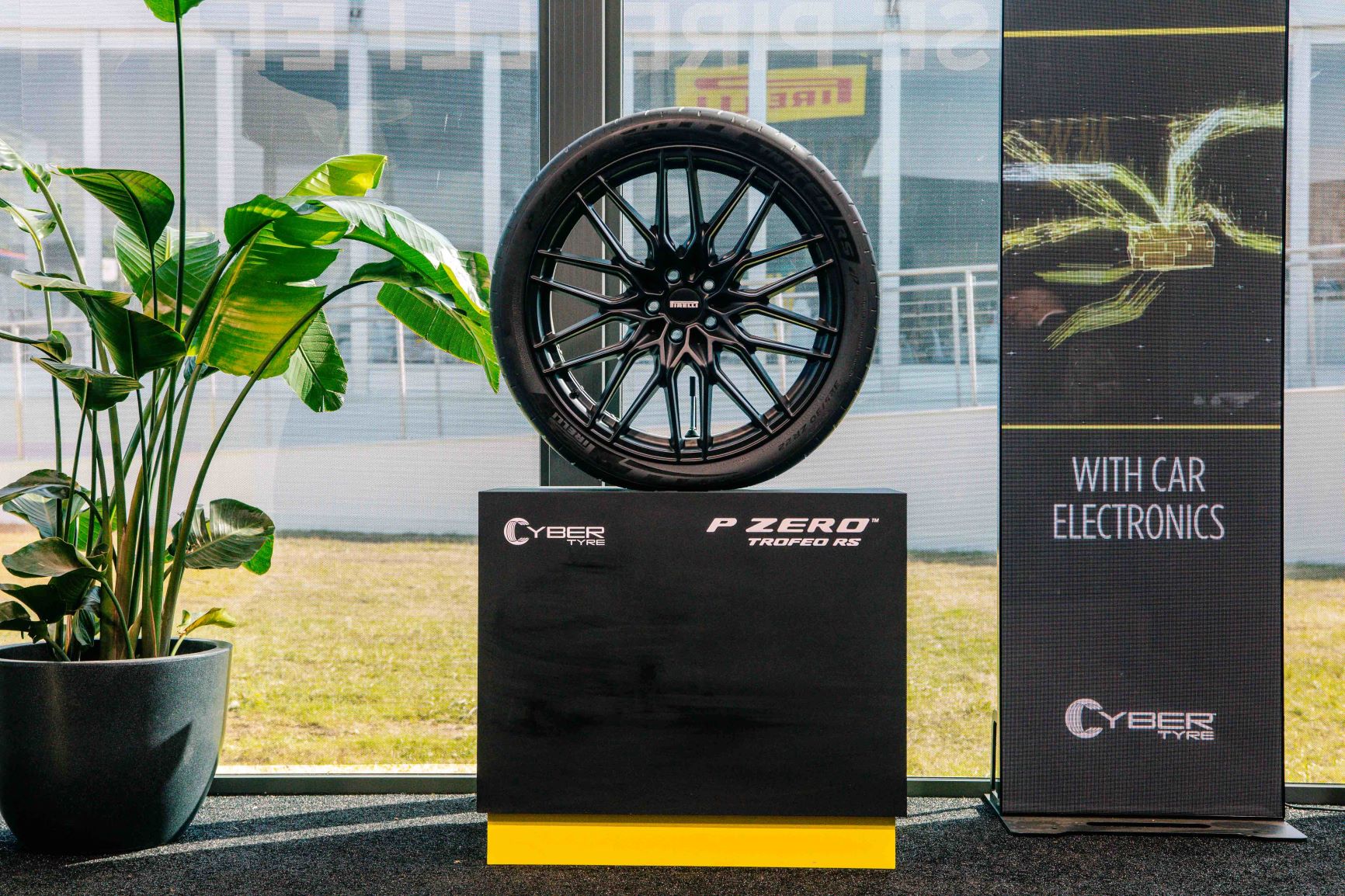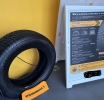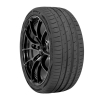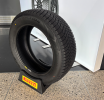Smart Tires : The Technological Revolution by Pirelli and Bosch

Tires are no longer just rubber objects that allow vehicles to roll. Thanks to technological innovation, they are becoming intelligent components capable of communicating with vehicles to optimize performance and safety. Pirelli, in collaboration with Bosch, is at the forefront of this revolution with the development of smart tires equipped with integrated sensors. This advancement promises to transform the automotive industry and offer new opportunities for manufacturers and drivers alike.
The Evolution of Smart Tire Technology
It all began with Pirelli’s “talking” tires, a technology that allowed tires to communicate specific information to the driver. Today, this innovation has evolved into a true “smart tire technology.” Pirelli’s Cyber Tyre is now a reality, equipped with MEMS (micro-electromechanical systems) sensors developed by Bosch and affixed to the inner wall of the tire.
These miniaturized sensors can measure tire pressure, temperature, and acceleration in real time. The data collected is compiled and analyzed instantly, then transmitted to the vehicle’s electronic system. This innovation allows the tire to communicate directly with the vehicle’s control systems, enabling dynamic adjustments based on real driving conditions.
A Strategic Collaboration Between Pirelli and Bosch
The cooperation between Pirelli and Bosch represents a synergy between two industry giants. Pirelli contributes its expertise in designing premium tires and advanced integrated sensor technologies, while Bosch provides its hardware and software systems expertise, along with its mastery of MEMS sensor technology.
Together, the two companies have signed a joint development agreement to create new software solutions and driving functionalities based on the data collected by the tire sensors. This collaboration aims to enhance vehicle control, increase comfort and durability, and optimize driving dynamics.

How the Cyber Tyre Works
The Cyber Tyre is equipped with MEMS sensors affixed inside the tire. These sensors continuously measure critical parameters such as pressure, temperature, and acceleration. Using Bluetooth Low Energy (BLE) technology, the data is transmitted in real time to the vehicle’s electronic system with minimal energy consumption.
The processing of this data allows the vehicle to instantly adjust control systems such as ESP (Electronic Stability Program), ABS (Anti-lock Braking System), and TCS (Traction Control System).
For example, if the sensor detects a drop in pressure or an increase in tire temperature, the system can adapt the vehicle’s behavior to maintain optimal performance and ensure driver safety.
Concrete Benefits for Drivers and the Industry
The integration of smart tires offers numerous advantages. For drivers, this translates into better vehicle control, a more comfortable ride, and increased safety.
Smart tires can detect changes in road conditions, such as slippery surfaces or temperature variations, and inform the vehicle to adjust its systems accordingly.
For the automotive industry, this technology opens new avenues for designing safer, higher-performing vehicles. The data provided by smart tires can be used to improve vehicle control algorithms, optimize tire wear, and reduce fuel consumption.
Applications Are Already Underway
The Cyber Tyre is already featured on exceptional vehicles such as the Pagani Utopia Roadster and the McLaren Artura. On the Pagani Utopia, for instance, tire data is directly used by the electronic stability program to adjust driving dynamics in real time. On the McLaren Artura, launched in 2021, sensors inform the driver when the tires have reached their “optimal” temperature level, enabling more performance-oriented driving.
Pirelli describes this technology as “a hand on the road”, emphasizing the close connection between the tire and the vehicle. This innovation also encourages drivers to adopt safer driving habits by alerting them to road conditions detected by the tires.
It is worth noting that one does not need to own a McLaren or Pagani to benefit from this revolutionary technology. In Canada, Pirelli offers four tire models equipped with Cyber Tyre technology: the P Zero Winter for sedans, the Scorpion Zero All Season for SUVs, the P Zero (PZ4) for sedans and SUVs, and the P Zero Corsa (PZC4), also for sedans and SUVs.
Looking Ahead
The potential impact of smart tires goes beyond current vehicles. In a future where autonomous cars become the norm, the ability of tires to detect and communicate road conditions will be essential. Without a driver to physically observe the road or weather, vehicles will rely on sophisticated sensors to navigate safely.
Smart tires could thus play a key role in the development of autonomous vehicles, providing precise information on grip, road surface, and weather conditions. This will enable autonomous driving systems to make better-informed decisions, thereby improving transportation safety and efficiency.
Conclusion
The smart tire technology developed by Pirelli and Bosch represents a major advancement for the automobile industry. By integrating sensors directly into tires and leveraging the data collected, it is possible to significantly enhance vehicle performance, driver safety, and the overall driving experience.
This innovation opens new opportunities for automakers, equipment manufacturers, and technology providers. It also highlights the importance of collaboration among industry players to address technological challenges and meet growing expectations for safe, sustainable, and connected mobility.
As technology continues to evolve, smart tires could become a standard feature in tomorrow’s vehicles, shaping a new era of mobility where safety and performance are optimized through embedded intelligence.



 En
En  Fr
Fr 




